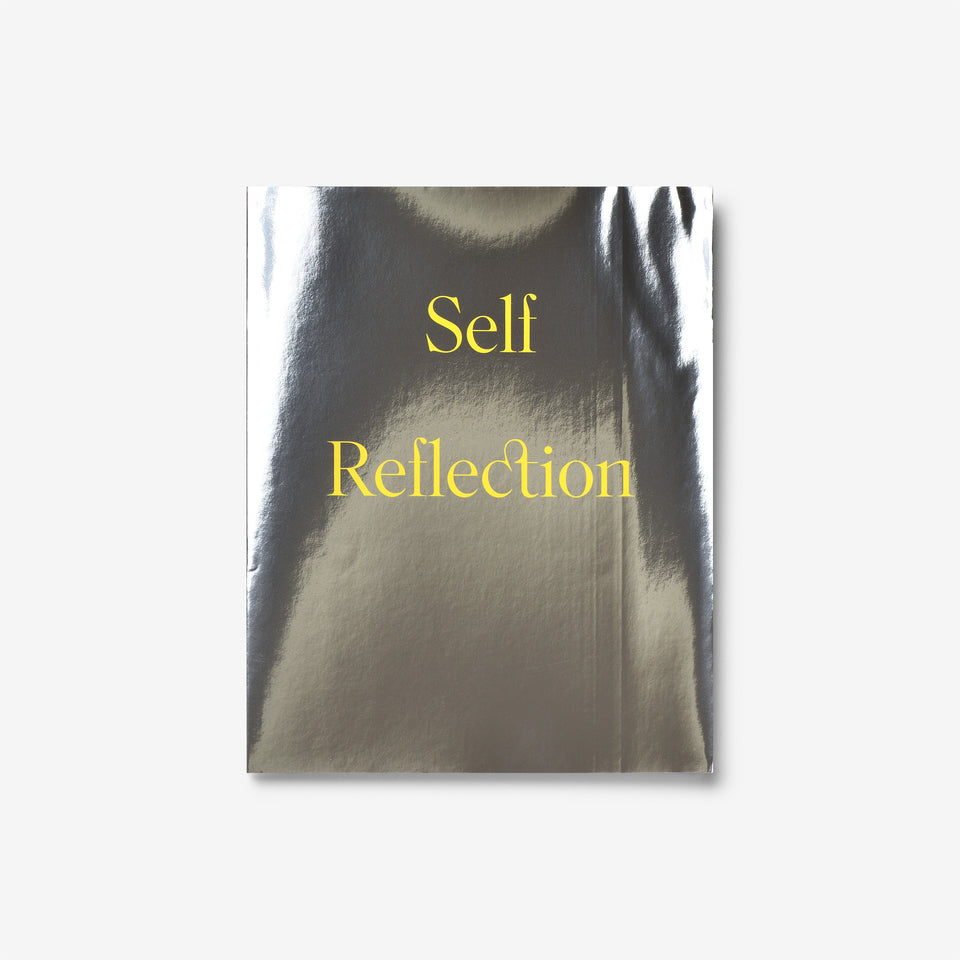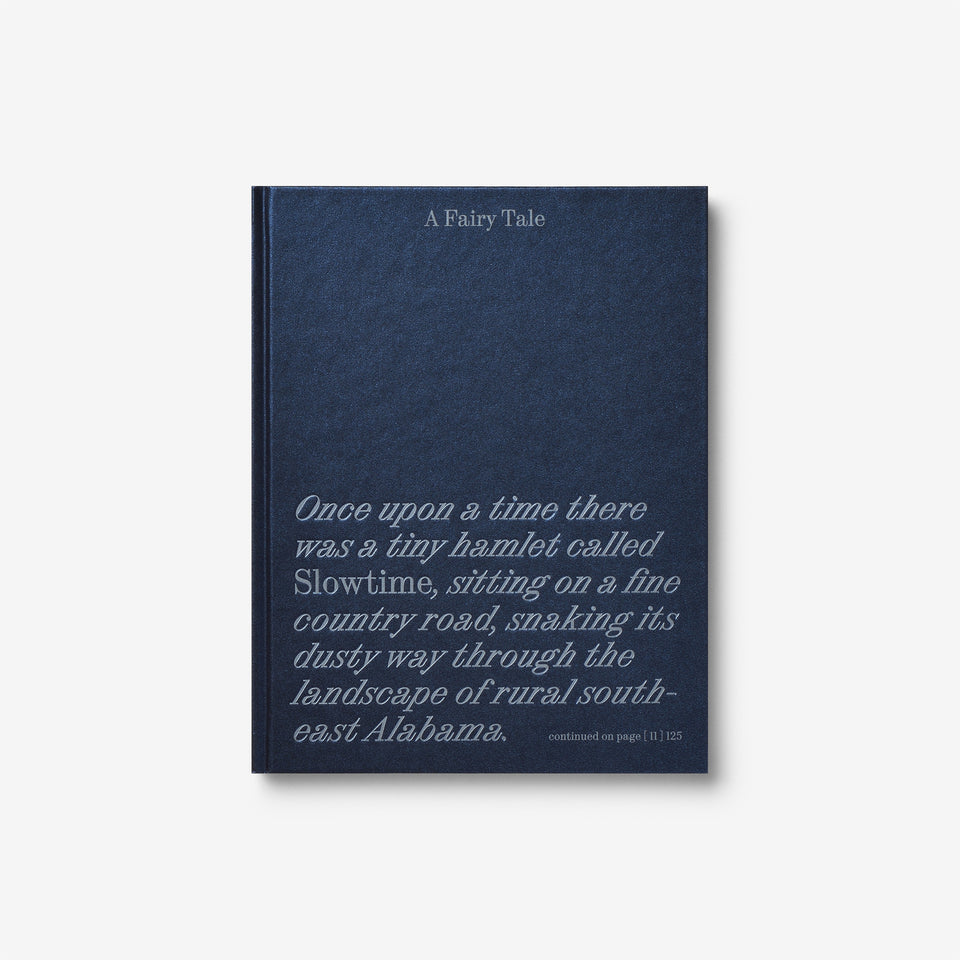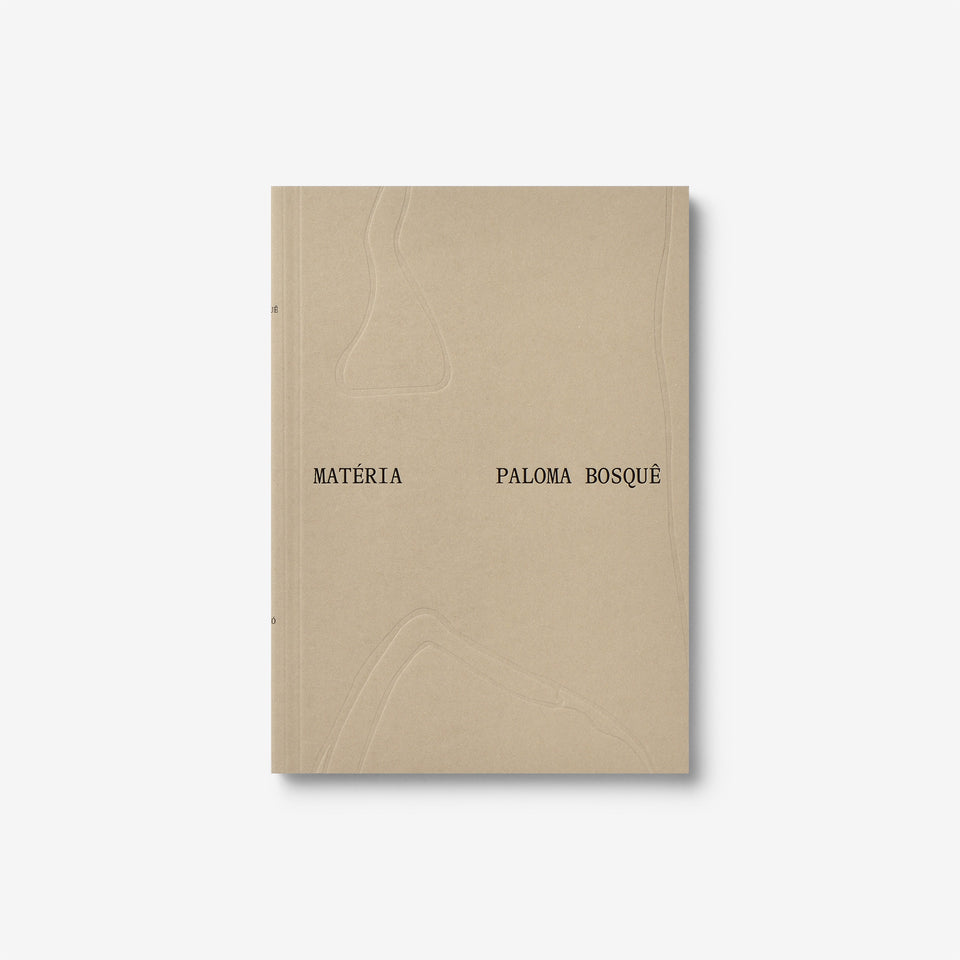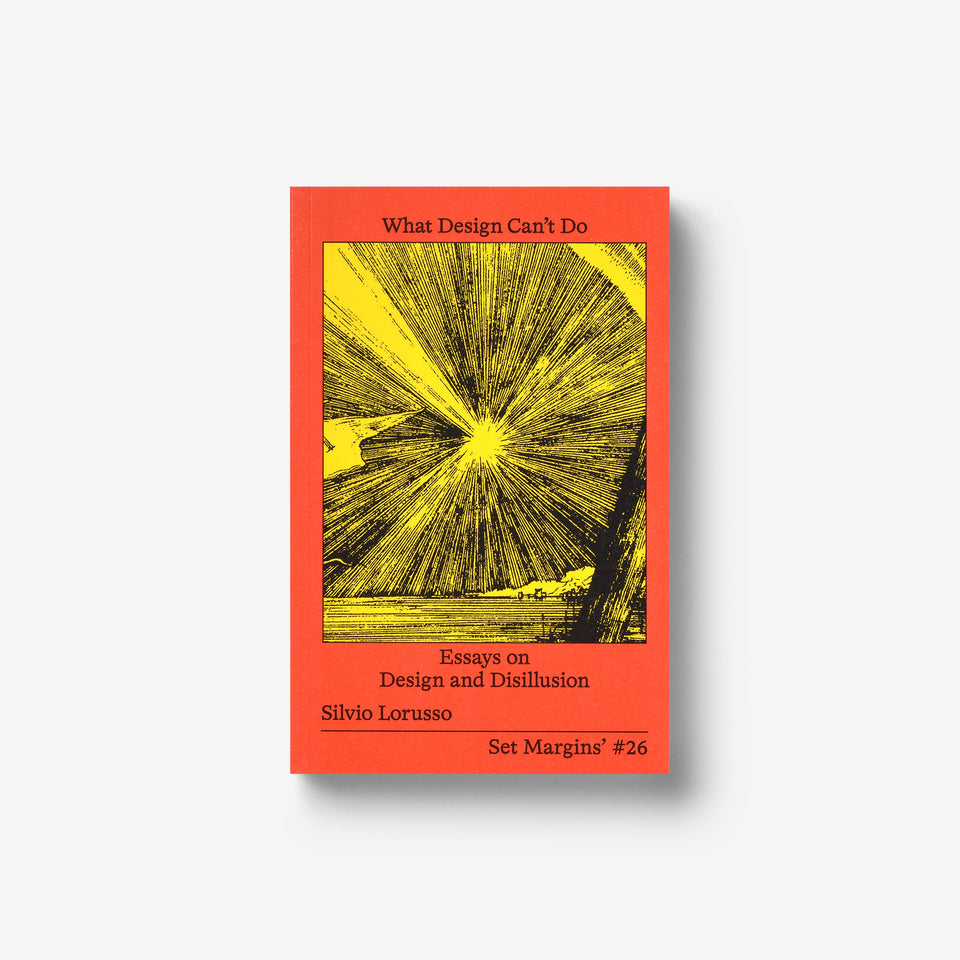I See That I See What You Don’t See
Het Nieuwe Instituut staged two presentations during the international design week from 9 to 14 April 2019 in Milan, that both focus on design research. I See That I See What You Don't See is the official Dutch contribution to the XXII Triennale di Milano, and the New Material Award presents innovative material research at Alcova.
I See That I See What You Don't See
The Dutch pavilion responded to the overarching theme of the triennial with a presentation about our relationship with darkness. The natural distinction between day and night, between the periods of work and rest, are no longer self-evident. Our world is always 'on', and the simple experience of a clear starry sky has become a rarity, with the Netherlands now known to be one of the most illuminated countries on the planet. How do we approach this phenomenon? What responsibility and mandate does the designer have, and what options are there for a critical response?
I See That I See What You Don't See has been compiled by Angela Rui (independent curator and researcher) in collaboration with Marina Otero Verzier (director of research, Het Nieuwe Instituut) and Francien van Westrenen (head of agency, Het Nieuwe Instituut).
The book I See That I See What You Don’t See presents a layered, non-binary notion of darkness. Navigating through cosmic, automated and seemingly invisible environments, it looks into what we do not generally get – or choose – to see, as well as the relationship between the possibility of seeing and forms of oppression and emancipation. The cover of I See That I See What You Don’t See. Graphic design by Rudy Guedj. In this publication, the exercise of seeing and revealing what generally remains concealed purposely avoids the metaphor of light as wisdom and knowledge. Rather, diverse contributions aim for an understanding of the contrasting effects of light access, deprivation and overexposure on different bodies; the influence of radiation on human and non-human behaviours; the coexistence with the invisible yet pervasive architecture of the digital; the perception of instances of synchronicity with the cosmos; and the role of design in these realms.
All these instances construct a fragmented representation of a contemporary landscape – a hyperconnected and controlled environment; one that is the result of persistent acts of design, and one where the borders between nature, ecology, technology, and culture increasingly fade, altering the body’s changing relationship with the cycles of light and darkness.
Design is not positioned as a solution to a problem here, but rather as a practice that is often part of the problems that it claims to solve.
By establishing crossovers between design and biology, forensic science, cosmology or activism, and venturing beyond the traditional notion of the design product, this publication aims to challenge the dominance of the market, as well as hegemonic powers, in the design discipline and practice – a recurring pursuit of Het Nieuwe Instituut. In sharpening our perception, which tends to be affected by the condition of permanent performance, each contribution offers a critical practice through which to open spaces for transgression.
La XXII Triennale di Milano
The XXII International Exhibition of La Triennale di Milano, titled Broken Nature: Design Takes on Human Survival, set out to investigate the potential role of design in restoring the relationships between human beings with their environments, including both natural and social ecosystems. Broken Nature took place from March 1 to September 1, 2019 and was curated by Paola Antonelli, senior curator of Architecture and Design and director of Research & Development at The Museum of Modern Art.
Pages: 416
Dimensions: 140 × 200 mm
Format: Softcover
Year: 2021
Language: English
Publisher: Het Nieuwe Instituut









